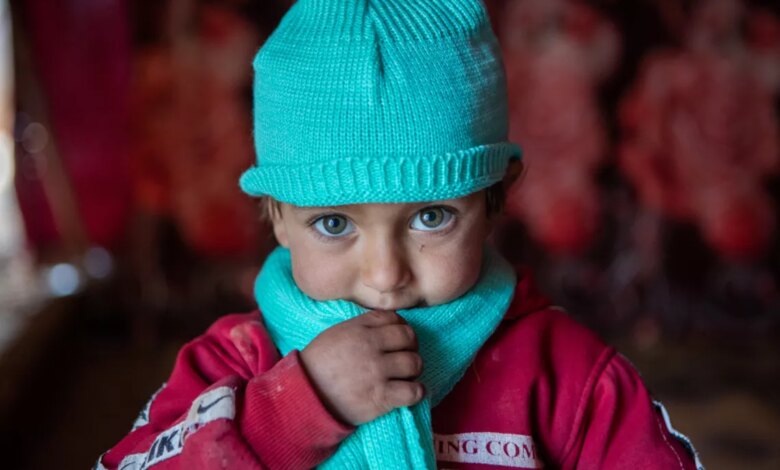Social policy | UNICEF

[ad_1]
Overview | What we do | Reports | Data | News
How governments choose to allocate resources shapes how children get what they need to survive and thrive.
Across the world, children are more likely to live in poverty than adults. They are also more vulnerable to its effects. Social protection programmes – like cash transfers, health insurance and education subsidies – help give every child an equitable chance in life. They improve children’s access to good nutrition, health care and education, and reduce the lifelong consequences of poverty.
But global coverage is low: For almost three out of every four children, social protection remains out of grasp.
Children are cut off for various reasons. Social services are often underfunded, with available resources favouring services that rarely reach the most disadvantaged families. Local governments – increasingly responsible for providing necessities like health care and education – may also lack the capacity to collect data, consult communities, and determine why and where children remain left behind.
For children affected by humanitarian crises, the challenges stack up. Protracted conflicts, climate-related disasters and COVID-19 compound poverty and inequity, forcing those with little means to bear great burdens.
[ad_2]
Read More



